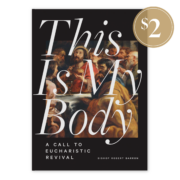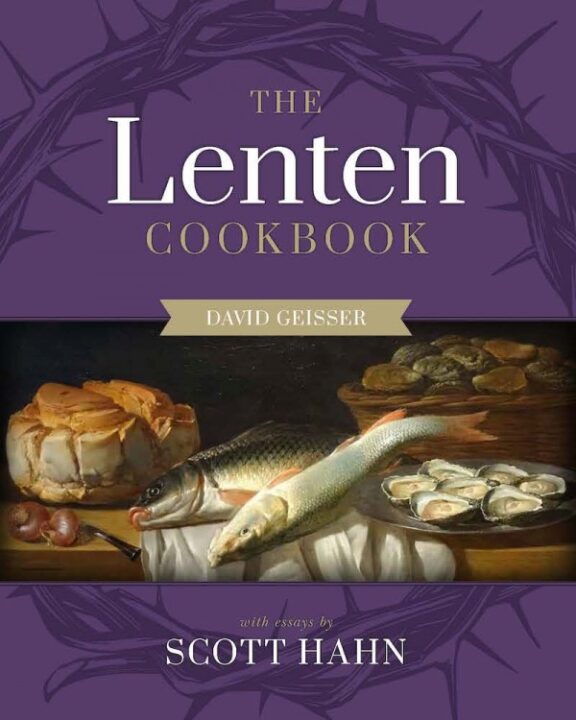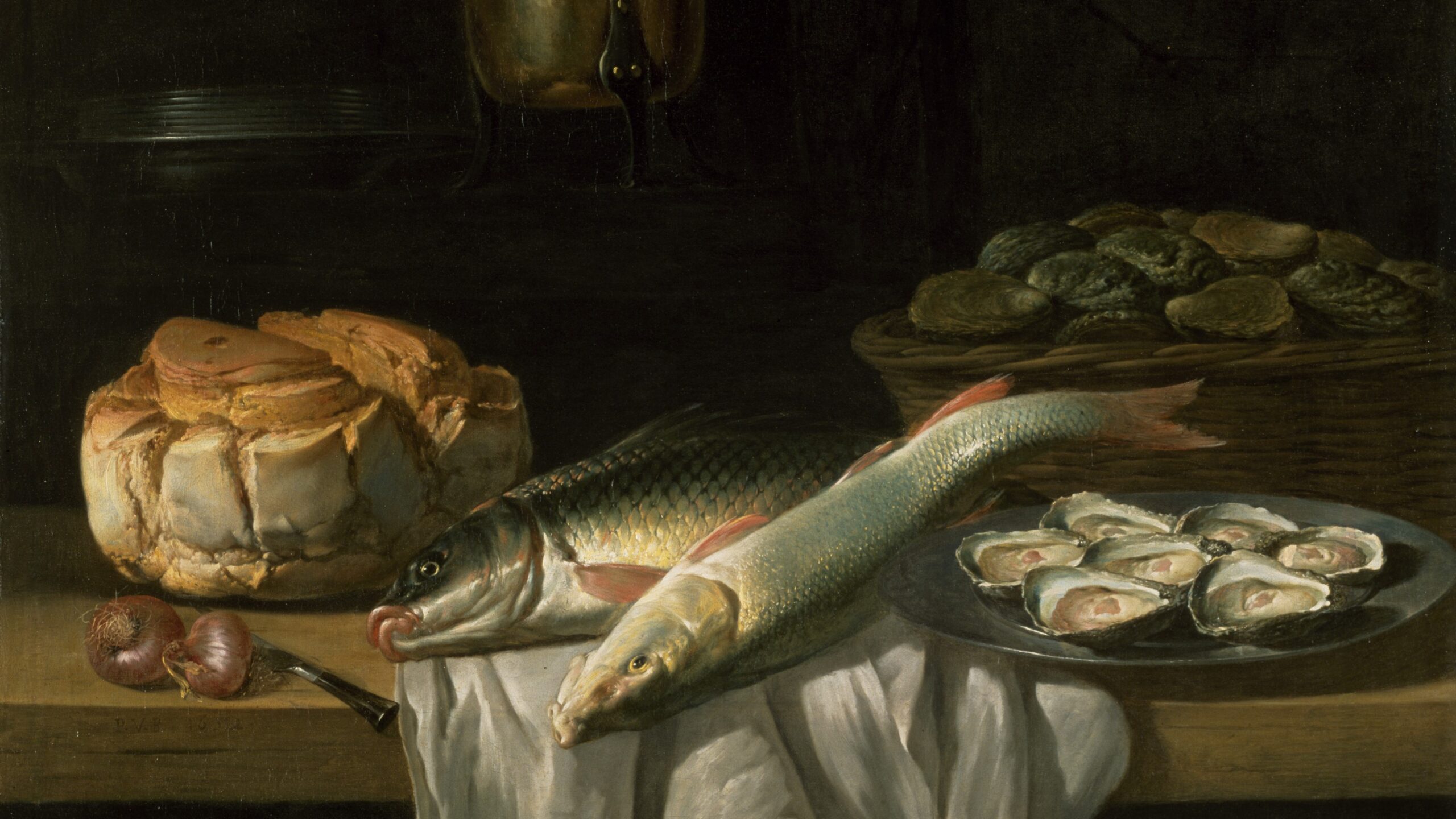Over the past two years, I’ve really missed Lent. I know that Lent didn’t go anywhere, of course. It came just as it always does. But to be honest, life felt so very penitential already due to the suffering caused by the pandemic that I didn’t truly dive into the season. While I fulfilled the basic obligations for fasting and abstinence, I did only the bare minimum. And while it was all I could muster at the time, I did subsequently miss the practices that have helped me engage in the season with my whole heart.
Now, as Lent approaches once more, I am preparing. This year, I want to actively participate in the rich traditions the Church offers us—not in order to merely check off some boxes, but to open my ramshackle heart to God and pray for his grace to heal and transform my soul.

If you’re also feeling out of practice with Lent, or perhaps have never really known where to begin with this holy season, let 2022 be the year to slow down and consider how to explore this powerful time of preparation for Easter. Thankfully, you don’t have to figure it all out on your own. As Catholics, we get to access the Church’s beautiful wisdom and endless resources come down to us through the ages (or newly offered today) to help us bring our bodies, minds, and souls into the disciplines and spiritual adventures of Lent! We are never alone.
How can unpleasant sacrifices be joyful? How can what we individually offer to God during this season become deeply communal?

Speaking of new offerings, the essays of Scott Hahn in Sophia Institute Press’s new release The Lenten Cookbook (featuring recipes from David Geisser, author of The Vatican Cookbook) are a wonderful introduction to the concept of fasting during Lent, offering advice and resources on how to engage the beautiful traditions of Christian fasting and make it come alive anew for our spiritual benefit. If you’ve ever wondered about the history of Lent and how it developed as a liturgical season, Hahn’s explanations are enlightening. He also gives an overview of early Christian Lenten disciplines all the way to modern practices, and he introduces the reader to other seasons of fasting in the Church calendar.
“Fasting is part of the good life,” writes Hahn, “and fasting is joyful.” Hahn’s essays highlight important aspects of the lenten season, but perhaps none are as striking as the suggestion that fasting and its communal nature can lead us to joy. How can unpleasant sacrifices be joyful? How can what we individually offer to God during this season become deeply communal? While these seem like contradictions, we learn that they are not. Lent can cultivate fellowship and joy not in spite of Lenten sacrifices but because of them!
In past years, we’ve invited friends to join us at our parish’s Stations of the Cross on Friday evenings during Lent, followed by a simple vegetarian soup with bread at our house. These are my favorite memories of Lent: when we join together in prayer and reflection on the Passion and then share a meal. While abstaining from meat on Fridays is a small sacrifice, making it together with others can be a joy. In fellowship, we help each other along in our Lenten disciplines. We are companions along the way, and in this fellowship, we can find great joy as it leads us closer to our common goal: intimacy with God. Sitting around the table with lentil soup and bread and local friends, or even eating a tuna fish sandwich while Zoom-visiting (or alone), we are nevertheless participating in traditions that transcend our time and our geographical location. We are joining not only our fellow Catholics all over the world but the great cloud of Christian witnesses through the centuries. Or as Hahn puts it, “Fasting demonstrates the unity of the Body of Christ through time in a way few other disciplines do. . . . The pangs of hunger that we offer to the Lord . . . are the same pangs felt by Christians for the last two thousand years.”

Accompanied by stunning photography, some of David Geisser’s recipes in The Lenten Cookbook (like the delicious-sounding hot cross buns with maple syrup) look like they might be a big hit at my house, while others might lean heavily on the penitential side for young families. (While my kids are semi-adventurous eaters, octopus with a vegetable puree or red beet broth with curd dumplings are not likely to go over well.)
As modern practice is more lax than the Lenten discipline in which earlier Christians participated, we are free to simply fulfill our obligations or prayerfully discern with the help of a spiritual director how to take on historical fasting practices that offer spiritual benefit. But we must also be drawn back to the heart of the matter, as Hahn urges us when quoting Maximus of Turin, “What is the point to be pale-faced through fasting if then you become livid with bitterness and envy? What is the point of not drinking wine, if then you become drunk with the poison of anger? What is the point of abstaining from meat . . . whilst tearing your brothers limb from limb with malice and calumny?”
We would do well to consider this exhortation in our own situations (perhaps “What is the point of giving up coffee if I become irritable with my family members?”) and remember that every Lenten sacrifice we undertake should be a sacrifice of love that draws us closer to divine love with our brothers and sisters around the world and throughout time—these companions on the journey.
Perhaps you are feeling as I am, like you need to dig a little deeper this Lent, reclaim a bit of lenten equilibrium. Or perhaps you are just looking to fulfill your basic obligations and ask for God’s grace to infuse this holy season. Whatever Lenten disciplines we each are called to this year, it is true—and it matters—that we are not alone. And as Hahn writes, here, in these sacrifices we take on together, we can find fellowship and joy as we prepare for the Resurrection.
